Ideas for a couple of art-filled hours in this charming town outside Budapest.
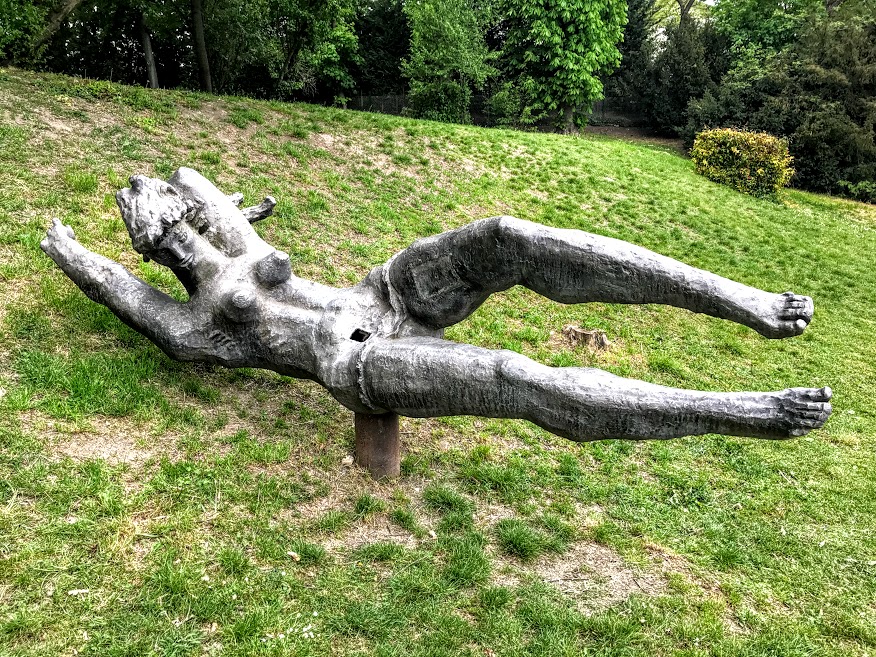
Use this map to find all places mentioned in the article below.
What is Szentendre and what happens there?
Szentendre is a small town on the Danube's bank, located about 40-minutes from Budapest by public transport. Best known for its Mediterranean vibes and Serbian history, Szentendre also offers Baroque architecture, Hungarian folklore stores, and lots of art, both old and modern.
True, you can find all of those in Budapest, so Szentendre isn't a must-visit for short-term visitors. But if you enjoy a break from big-city life, you can spend an adventure-filled half a day here with some advance planning. Szentendre's food scene has a long way to go, but I’ve included below a few cafés and restaurants that won’t disappoint.
Note that Szentendre is a popular tourist destination, which means the typical symptoms of mass tourism, especially mediocre gift shops, abound here. This guide will help you steer clear of the commercial traps and try to reveal the side of Szentendre worth the journey.
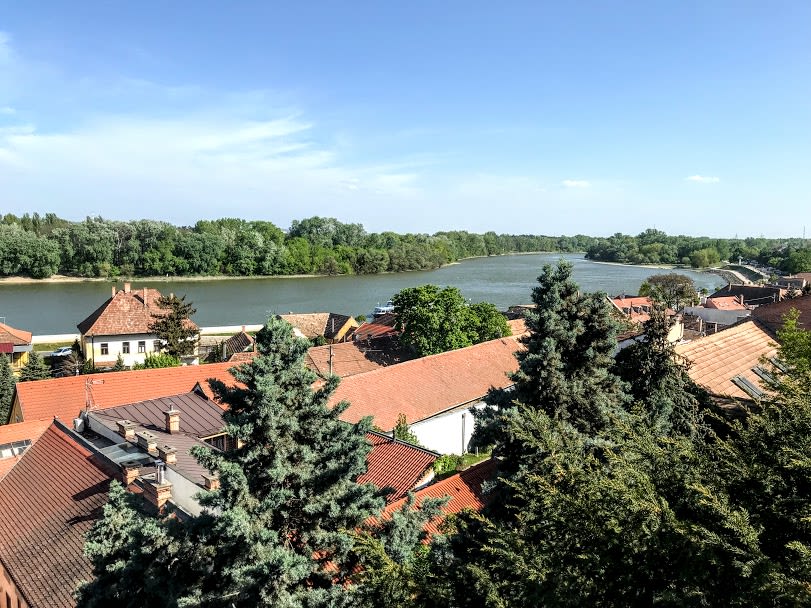
How can I get to Szentendre from Budapest?
The quickest and cheapest way to reach Szentendre from Budapest is via the HÉV suburban rail line, which you can take from either the Batthyány Square or Margit híd, budai hídfő stations. You'll need a valid Budapest public transport ticket (€1) and an extension ticket called "Békásmegyer-Szentendre" (€1), both of which you can buy from the machines at the stations. By HÉV, the trip takes about 40 minutes.
The train passes a couple of landmarks along the way: the remains of Aquincum, a once-thriving Roman town from the 2nd century AD, and the ancient aqueduct that runs along the rails between the Kaszásdűlő and Aquincum stations. At arrival, don't let the dreary buildings near the train station break your spirit and instead head straight toward Szentendre's old town through the underpass.
From April to September, you can also take a river cruise for a more scenic option (€9 for a one-way trip). The schedule changes seasonally, but the boats usually leave from downtown's Vigadó Square at 10:30 a.m. and return from Szentendre at 5:00 p.m. during peak season. The docking station is outside Corner restaurant in Szentendre. The journey upriver, toward Szentendre, takes an hour and a half, but only 50 minutes on the way back to Budapest. Since the pandemic, the cruise operates sporadically so be sure to check in advance.
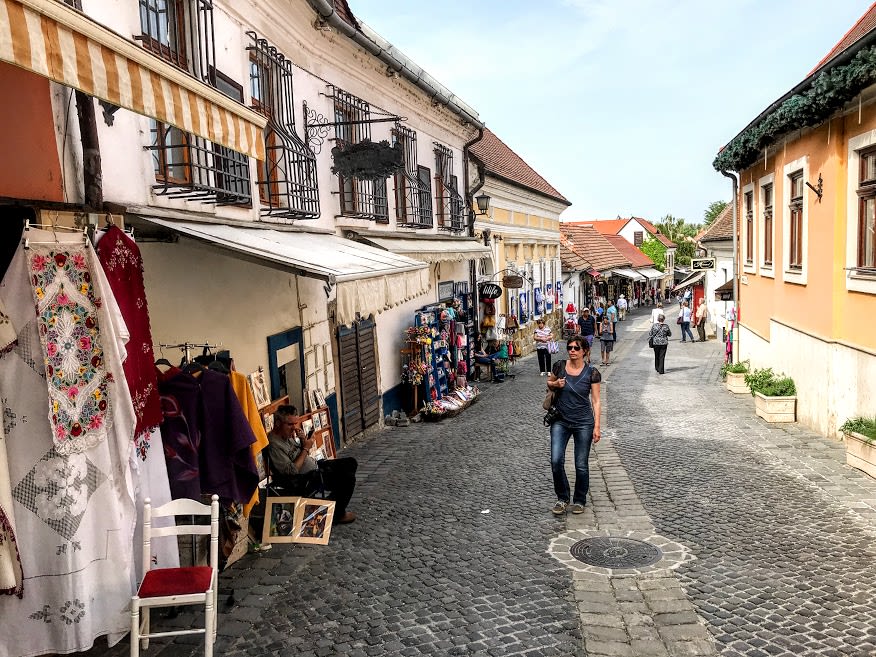
A little Szentendre history
As you approach Szentendre's main square from the train station, you'll start noticing something unusual: plaques written in Cyrillic letters, Serbian orthodox churches, Slavic-sounding street and church names like Pozsarevacska and Kucsera, and labyrinthine alleys like in a Mediterranean town.
The reason? Fleeing Ottoman Turkey in the late 17th century, throngs of Serbian and also Dalmatian and Greek immigrants settled in this sleepy medieval town after the King of Hungary, Habsburg Leopold I, granted them civil and religious liberties. It was thanks to these newcomers that Szentendre began to flourish.
At its peak in the 18th century, Szentendre had a Serbian population of 6,000 people, eight orthodox churches, several Serbian schools, and a flourishing economy based on trade — using the nearby Danube for transport — and winemaking. Interestingly, in the early 20th century, when the Balkans was freed from the Ottomans, this close-knit community of local Serbs returned to their motherland en masse, more than two hundred years after they had left it.
As a result, today only a dozen or so Serbian families live in Szentendre, and some of the deserted Serbian Orthodox churches have been converted to Roman Catholic and Calvinist denominations since.
Your step-by-step guide
From the train station, take Kossuth Lajos Street and head to the city center. The Ferenczy Museum, soon on your left, operates most museums in town, and itself hosts top-notch temporary exhibits. Steps away, the outdoor terrace of the Adria Café is a good place for a drink before you hit the downtown. Or, alternatively, try Folt Café around the corner, which draws a young local crowd with low-priced coffee and craft beers.

The main promenade, named after the late Greek-Hungarian mayor, Jenő Dumtsa, is lined with unremarkable restaurants and gift shops. But take note of the Marzipan House, home to a paradise of marzipan candies in all shapes and sizes. Marzipan, a paste of almond and sugar, is widely popular in Hungary in large part thanks Mátyás Szamos, a Szentendre-born Serbian-Hungarian confectioner, who pioneered the craft of marzipanmaking. Today, Szamos is a national chain of pastry shops helmed by the descendents of Mátyás Szamos. One of their locations is next to the museum, also serving traditional Hungarian cakes like Dobos and krémes.
The cross atop the pink marble plinth marks the center of the old town (Fő tér). It's flanked by Baroque houses that once belonged to wealthy Serbian merchants. The Kmetty Museum houses a small exhibit about Hungary’s first cubist painter, János Kmetty, and rotating shows, one currently about Jenő Barcsay, a legendary art professor and a leading cubist who worked in Szentendre for decades.
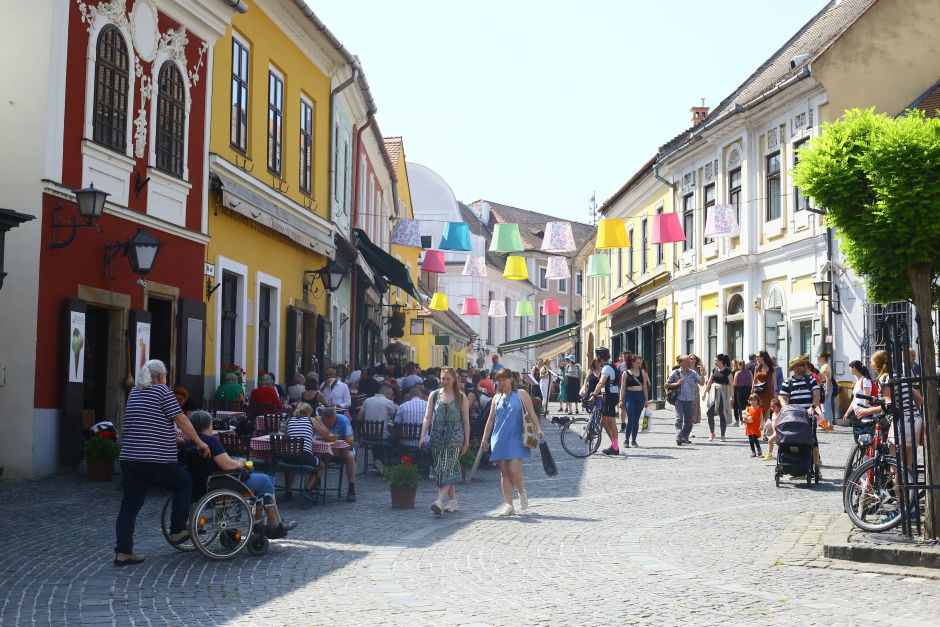
The Blagovestenska Orthodox Church, also on the main square, still holds services during the winter when it's too costly to heat the main Serbian church of the town. Seeing its ornate iconostasis is worth the small admission fee (it’s open every day, except Monday). The Kovács Margit Ceramics Museum in the nearby Vastagh György Street is the most visited museum in Szentendre. While many of the folk-inspired figures verge on cheesy, some, especially the collections of elderly ladies, are expressive and moving.
From the main square leads a narrow path (Váralja lépcső) up the small hillside called Church Hill. Before you reach the top, stop by the food stall, Álomlángos, for a wallet-friendly lángos, a Hungarian fried flatbread topped with sour cream and cheese. Also good is their palacsinta, Hungarian filled crepes.
The Roman Catholic church atop the hill is the oldest building in Szentendre, parts of it dating back to the 13th century. Besides the views, the highlight here is the Béla Czóbel Museum, displaying the works of Hungary’s renowned painter who participated in the 1905 launching of the fauvist movement in Paris together with Matisse, Derain, and Vlaminck, and who was a regular at Gertrude Stein’s salon (the museum also shows his correspondence with Picasso).
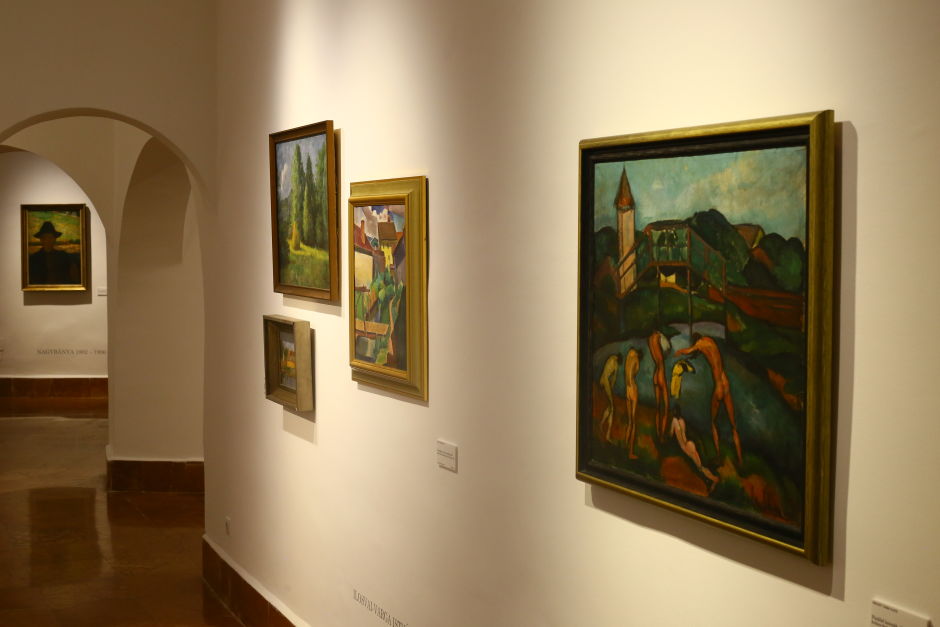
Czóbel wasn’t the only painter who spent part of his life in Szentendre. In 1926, Szentendre started an art colony, replacing Nagybánya, which fell outside the post-WWI borders of Hungary. The picture-postcard views and the proximity to Budapest drew many major figures of Hungarian art here, including Lajos Vajda, Imre Ámos, and Jenő Barcsay. Today, still, Szentendre has an active art scene; apart from its numerous museums, there's a revived art colony.
The imposing maroon spire on the other side of the hill belongs to the Belgrade Cathedral, the seat of the Serbian Orthodox bishop in Hungary. The church is open only Friday to Sunday, but meandering through its atmospheric garden, always partly shaded under a canopy of chestnut trees, is an experience in itself.
Most of Szentendre’s few-hundred member Jewish community perished in the Holocaust in 1944. The Szántó Memorial House, just steps away, commemorates the victims and is also home to a teeny-tiny synagogue that the attendant claims is the world’s smallest. Across the narrow road is the Vajda Museum, showing moving works by Hungary's best-known surrealist and abstract painter, Lajos Vajda (1908-1941).
From here, stroll up Hunyadi Street until you hit Martinovics Street, then turn left to the Serbian cemetery. With unkempt, knee-high grass and crooked headstones, it’s an apt metaphor for the disappearing Serbian life of Szentendre (it's open daily from 7 a.m. to 6 p.m.).
Turn back toward the Danube and climb the quaint Bartók Béla Street. Here, away from wandering tourists and flanked by handsome residential homes, Szentendre feels like the quiet village it once was. If you need to take a breather, stop by Dalmát Szamár Bistro's tiny terrace for a drink. There's a wonderful vantage point a bit further uphill, by the 18th-century cross, overlooking this densely built city with the Danube and the Szentendre island as backdrops.

Amble down Angyal Street all the way to the tranquil Czóbel Park peppered with playful statues. My favorites are the bronze Czóbel (Imre Varga; 1977), looking charismatic at advanced age, and the abduction of Europa theme carved from limestone (Jenő Kerényi; 1975). Take Bogdányi Road when it's time to head back.
On your left are the resurrected studios of the art colony (MANK). If you haven’t tired of art yet, visit Artmill, a bit further down on your right, a repurposed wood mill now home to a rotating set of usually excellent contemporary shows.
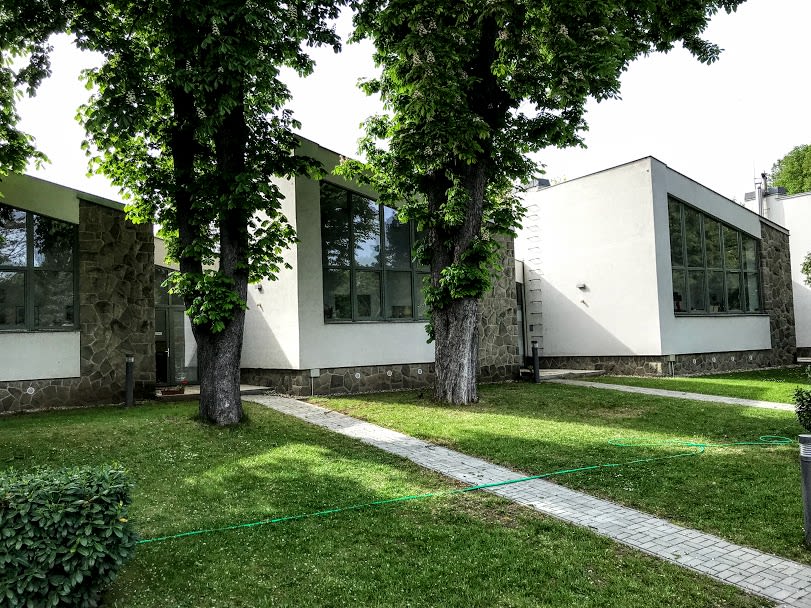
The last section of Bogdányi is kitsch apocalypse, but after so much high culture it can be satisfying to get lost in a sea of fridge magnets and keychains. And it’s actually possible to unearth pretty textiles and clothes embroidered with elaborate Hungarian folk motifs, and there’s also a Herend store in case handmade Hungarian porcelain is what you're after.
Back near the main square, you could have a wonderful meal of updated Hungarian classics at Teyföl. Palócleves, paprikás, tejbegríz and the like, each with a little twist (with €15-18 mains, the place isn't cheap, though). Rizmajer Sörház, the outpost of a local brewer next door, is where you should enjoy your well-earned potions of craft beer.
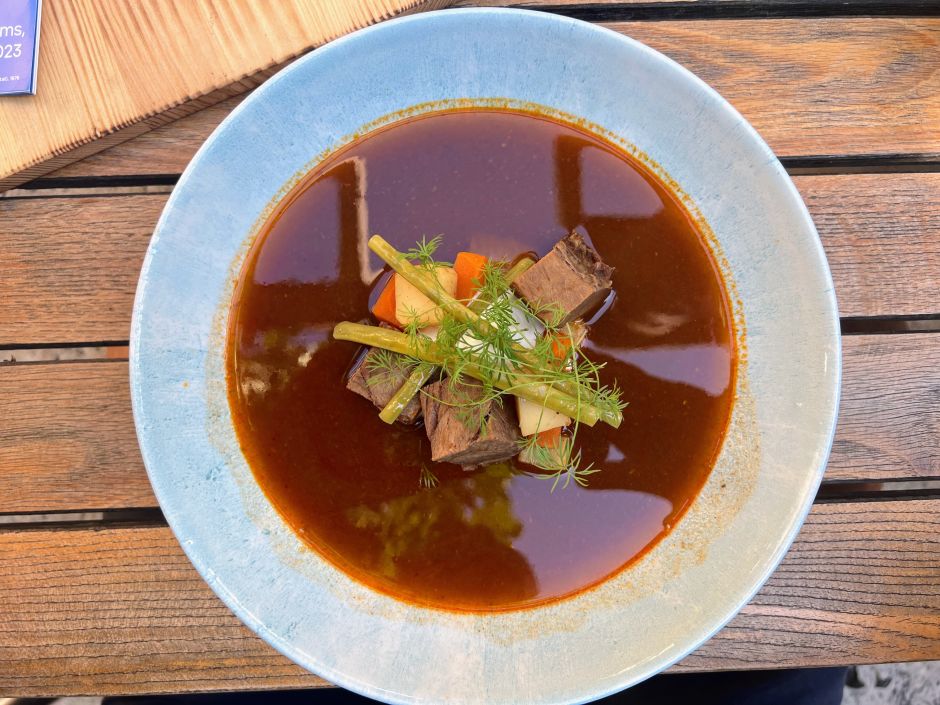
Or perhaps the most fitting way to round out your Szentendre sojourn is with a Serbian meal? In that case, settle in to the old-fashioned Corner Szerb Étterem, take in the river views, and order the meat-heavy Serbian platter featuring pljeskavica, cevapi, and other grilled meats with a side of ajvar. If you take the boat back to Budapest, the docking station is right across the street from here. Otherwise, walk back to the train station, either along the Danube, or through the city center where you came from.